Solving today’s manufacturing challenges with future-proof solutions. We’ve all seen in the past year how quickly digitization has evolved, with some studies claiming this has been accelerated by 3 – 4 years due to Covid-19. Over the past year, we’ve been working with some of the industries biggest players to see where we can help them adapt to the acceleration. During this time, we’ve been able to identify several reoccurring issues that have become common challenges our manufacturer customers in the window and door industry experience. Let’s talk about the four BIG ONES:
#1 Outdated Systems, Processes and Technology
Ever been to Universal Studios in Orlando? There you’ll find Mel’s Diner, straight from the 1950s right down to the pink Cadillac and Mercury Coupe parked outside. Awesome place to visit and tons of nostalgia, but it is stuck in the past, like time has stood still. All kidding aside, we wouldn’t be surprised to find plenty of window manufacturers in those cars either, because the fact is our industry is a bit like Mel’s. Stuck in the past, without the nostalgia. In fact, one of my new customers, when first visiting them, commented that his business was founded in the mid 50’s. It would have been more accurate to say they’re still “IN” the 50’s.
This goes to the heart of one of the biggest problems in our industry, and a problem you possibly face today. Outdated systems that have been in place for years, some no longer even supported. Another recent factory visit turned up a database that was built in 1999 on a platform not supported since 2007, running on a computer operating on Windows 7. No exposure there, nope none! I’m happy to say they are now a Soft Tech client.
#2 Silos of Information
This one just might sound familiar to some of you. All too often, the systems I see in place were purchased (or built) over time based upon the immediate need that the system solved. Whether it be an accounting package, an estimating system or an AutoCAD offering, each “solution” was acquired to solve an individual problem. Fast forward a few years, add double, triple even quadruple growth and those disparate systems and processes that once served the needs of a company now have become the masters. Companies are jumping through hoops that a circus act couldn’t follow.
Repetitive entry, monstrous Excel spreadsheets, stand-alone databases, integrations that sometimes work and handwritten documentation to support a process. These are just a sample of the common things that turn up in early meetings with companies that are curious on how we can help. The amount of effort it takes to keep a company running on multiple silos often far exceeds the cost of manufacturing the product. Margin and profit erosion are things every company would like to put a stop to, but all too often, they struggle to see the forest through the trees. Oh, and don’t get me started on how many millions of dollars per year are wasted in programming CNC machines to be high priced drill presses!
#3 Tribal knowledge
Here is a meeting with the president of a large window and door company. We walk out onto the production floor and – “ I want to introduce you to Bob! He knows everything about everything around here. He’s been here 30 years and we couldn’t keep the lights on without him! Bob is just amazing and a key part of our family.” As I do my best to make pleasantries with “Bob”, I feel as though I’m the only one in the room picking up on the risk of tribal knowledge.
Tribal Knowledge is built up over a course of years of experience with little to no documentation or paper trail. Having experience is great. Having experience buried in the minds of a few key people, well, not so great. Later in the day, I ask the president, “What happens if Bob is not able to work due to poor health or just decides he doesn’t want to work here anymore?” Crickets…
#4 Labor shortages
Think of going to the dentist and having a tooth removed, without anesthesia. Even as you read this, you knew where that sentence was going; to that uncomfortable thought of how painful that![]()
![]()
It used to be that you’d run an ad, get a stack of resumes, and pick who you wanted. Where did those days go? In this market, we are in a situation most of us have never seen before. Throwing money at people isn’t working, and large incentives to staff for referrals gets a few resumes in. So, the question is: “What do we do when we can’t find people and can’t fill important roles?” We optimize our processes and look to other solutions that can help us overcome the issue.
How does technology address these challenges?
When you’re operating with a single system which goes from design and estimation out to the production floor and to your CNC, you’re solving the immediate issues of silos of information and outdated systems. When you see how much more you can get done with less skilled workers, you conquer tribal knowledge and labor shortage issues.
